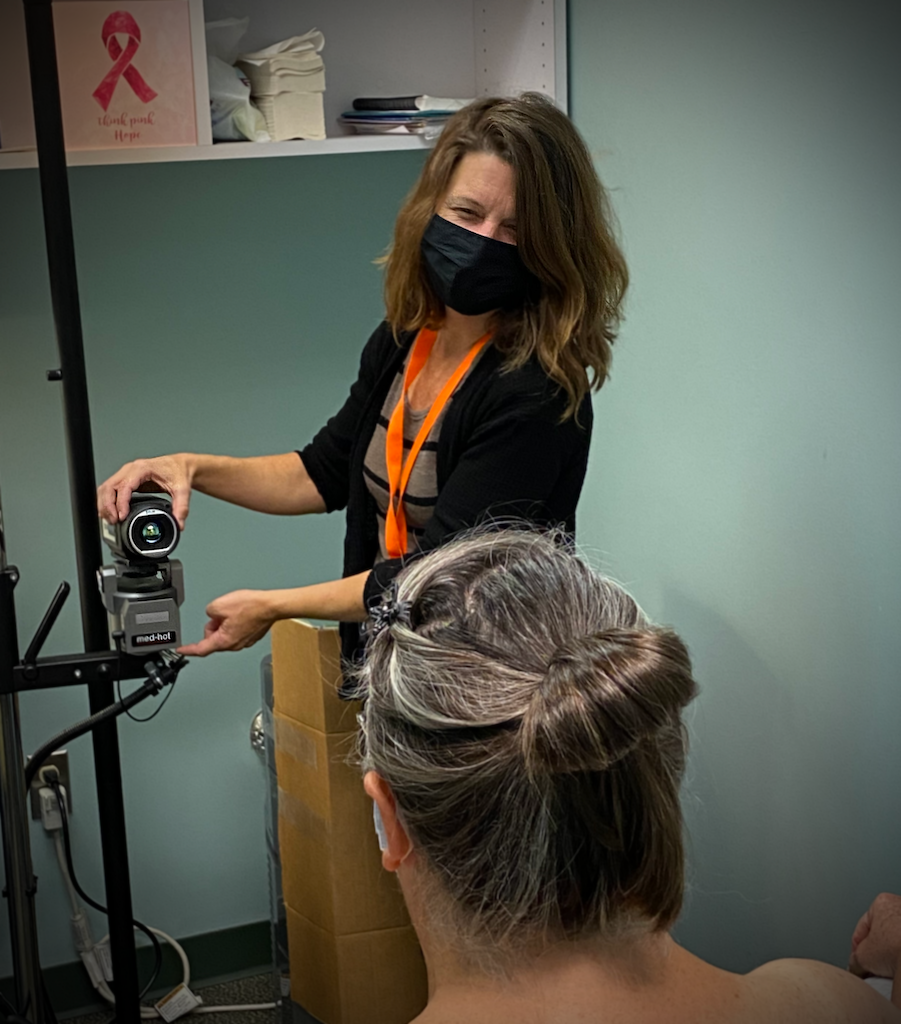What Scientists Are Saying About Thermography
Scientific Support
See what peer-reviewed medical journals are saying about thermography—and why mammography may be a far less favorable option than previously thought.

“In the past 30 years there have been numerous studies that have demonstrated thermography to have the ability to detect breast abnormalities that other screening methods may not have identified. The Ville Marie study demonstrated that thermography alone had a sensitivity of 83% in detecting breast cancer [versus 66% sensitivity for mammography], while the combination of mammography and thermography had a 95% sensitivity…No single tool provides excellent predictability; however, a combination that incorporates thermography may boost both sensitivity and specificity.”
“Our recent retrospective analysis of the clinical records of patients who had breast thermography demonstrated that an abnormal thermogram was associated with an increased risk of breast cancer and a poorer prognosis for the breast cancer patient…Breast cancer patients with abnormal thermograms have faster-growing tumors that are more likely to have metastasized and to recur with a shorter disease-free interval.”
Resources & Links
What is being said about Thermography:
“Our estimates suggest that a decade of annual two-view mammographic screening before age 40 years would result in a net increase in breast cancer deaths, and that starting at age 40 years could result in a material net decrease only if breast cancer mortality is reduced by about 20% or more in women screened.”
“Women who carry mutations in the BRCA1 and BRCA2 genes are at greatly increased risk of breast cancer. Numerous studies have shown that moderate to high doses of ionizing radiation are a risk factor for breast cancer…In our series of BRCA carriers, we detected a relatively large effect on breast cancer risk with a level of radiation exposure that is at least an order of magnitude lower than in previously studied medical radiation-exposed cohorts.”
“This [new evidence] suggests that the risks associated with mammography screening may be approximately five times higher than previously assumed and that the risk-benefit relationship of mammography exposures may need to be re-examined.”
“Mammography subjects the tissue in the breast to radiation. Radiation induces DNA damage, increasing the risk of tumor initiation. In addition, many women report pain from compression of the breast for mammography, suggesting that tissue damage may occur during this process. Cell division is induced as part of repair of tissue damage, and dividing cells are more susceptible to transformation than quiescent cells.”
“Several studies have shown that infrared imaging [thermography] is a good, and perhaps the best, method for risk assessment in breast cancer…the presence of an abnormal asymmetric infrared heat pattern [thermogram] of the breasts probably increases a woman’s risk of getting breast cancer at least ten-fold.”
“From the mid-1950s to the mid-1970s, it was expected that thermography would hold the key to breast cancer detection, as surface temperature increases overlying malignant tumors had been demonstrated by thermographic imaging…Recent studies suggest that an abnormal thermal sign, in the light of our present knowledge of breast cancer, is ten times as important an indication as is family history data.”

Office
4505 Fair Meadow Lane, Suite 111 Raleigh, NC 27607
5725 Oleander Drive, Suite B-5 Wilmington, NC 28403
7-C Corporate Center Ct Greensboro, NC 27408
To schedule an appointment in Raleigh, Wilmington or Greensboro...
Email: kelly@carolinacenter.com
You can also call (919) 781-6999 to schedule.
